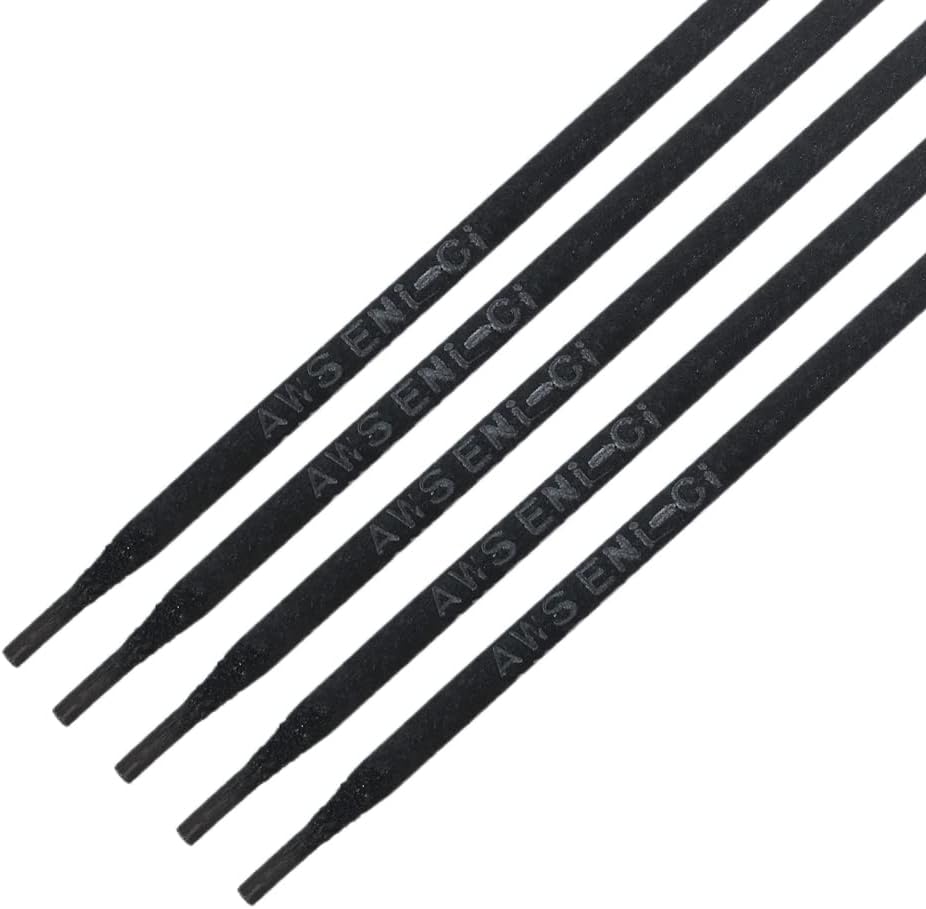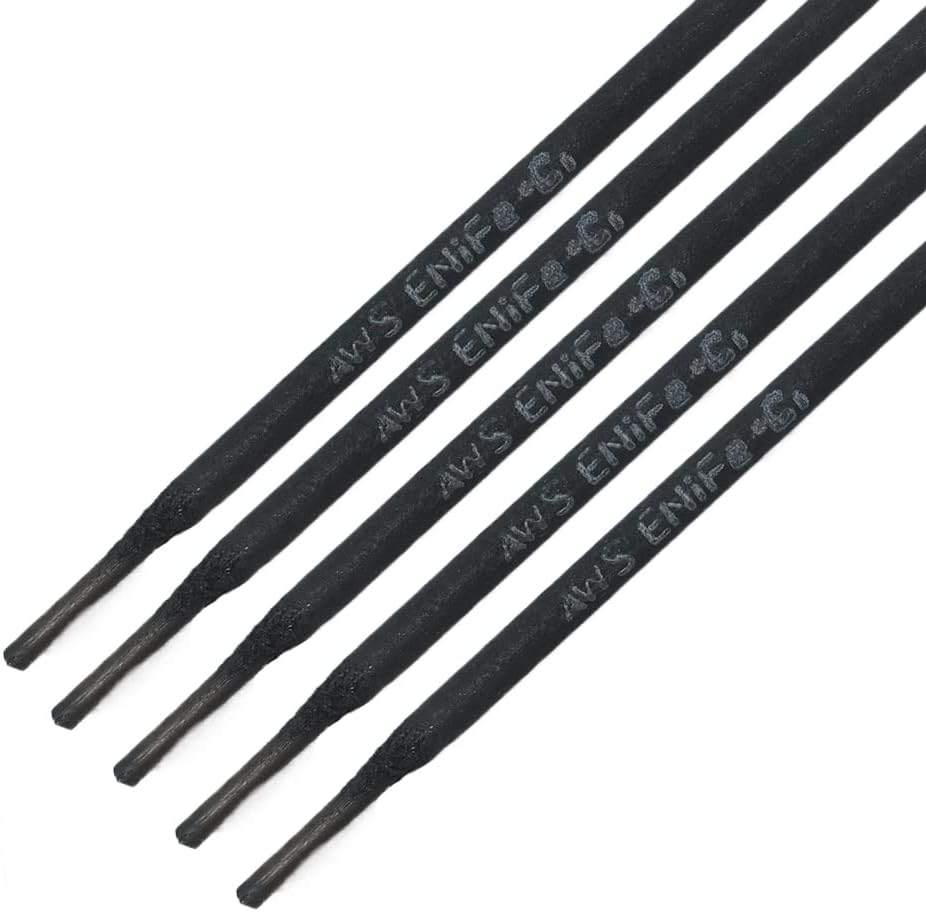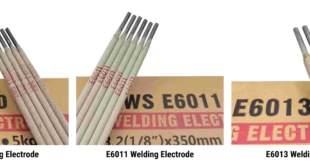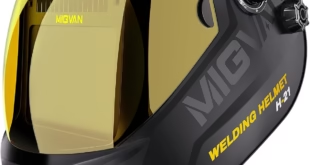Electrode for the Cast Iron
Introduction
Welding cast iron can be a bit of a challenge, can’t it? The key to success lies in understanding the material and selecting the right electrode. Whether you’re a seasoned welder or just starting, getting a grip on this process is crucial. Let’s dive into the world of electrodes for cast iron and uncover the secrets to achieving strong, reliable welds.
What Are Electrodes?
Before we get too deep, let’s clarify what electrodes are. In welding, an electrode is a rod or wire that conducts electricity to form an arc. This arc generates the heat needed to melt the base metals and the filler material. Electrodes can be consumable or non-consumable, and they come in various types suited for different metals and welding techniques.
Importance of Electrodes in Welding
Choosing the right electrode is like picking the right tool for a job. It can make the difference between a weld that holds up and one that fails. The electrode affects the weld’s strength, ductility, and resistance to cracking, especially in tricky materials like cast iron.
Understanding Cast Iron
Characteristics of Cast Iron
Cast iron is an iron-carbon alloy known for its excellent castability, machinability, and wear resistance. It’s got a high carbon content (usually between 2% and 4%) which gives it a hard, brittle nature. There are several types of cast iron, including gray iron, white iron, ductile iron, and malleable iron, each with unique properties.
Common Uses of Cast Iron
You see cast iron everywhere—in engine blocks, pipes, cookware, and even historic buildings. Its ability to withstand high temperatures and wear makes it ideal for heavy-duty applications. However, this same hardness makes welding it a bit tricky.
Challenges of Welding Cast Iron
Brittleness and Cracking
The biggest hurdle when welding cast iron is its brittleness. The high carbon content makes it prone to cracking, especially when cooled too quickly. These cracks can be internal or surface-level, and they compromise the integrity of the weld.
Heat Management
Managing heat is crucial. Cast iron doesn’t handle rapid temperature changes well, so you need to control the heat input carefully. Too much heat can cause excessive expansion and contraction, leading to cracking.
Types of Electrodes for Cast Iron
Choosing the right electrode for welding cast iron is crucial to achieving a strong, reliable weld. Let’s explore the various types of electrodes commonly used for this purpose and delve into some specific examples.
Nickel Electrodes
Nickel electrodes are often considered the best option for welding cast iron due to their compatibility and ability to produce strong, ductile welds. There are two main types of nickel electrodes:
Pure Nickel Electrodes (ENi-CI): These electrodes contain nearly pure nickel and are excellent for welding gray cast iron. They produce welds that are machinable and have good resistance to cracking. Pure nickel electrodes are ideal for applications where a high-quality finish is required.

Nickel-Iron Electrodes (ENiFe-CI): These electrodes contain a mix of nickel and iron, providing a balance between strength and ductility. They are particularly useful for welding ductile iron and for applications requiring higher tensile strength. Nickel-iron electrodes are less expensive than pure nickel electrodes and offer good resistance to thermal expansion and contraction stresses.

Copper Electrodes
While less common than nickel electrodes, copper electrodes (ECu) are sometimes used for welding cast iron. They offer excellent electrical and thermal conductivity, which can be beneficial in certain welding applications. Copper electrodes are particularly useful for brazing and for welding tasks that require quick heat dissipation.
- Copper-Nickel Electrodes (ECuNi): These electrodes combine the properties of copper and nickel, providing good strength and corrosion resistance. They are often used in marine applications and for joining dissimilar metals.
Iron-Based Electrodes
Iron-based electrodes, such as steel electrodes, can be used for welding cast iron, though they require more skill and careful heat management to avoid issues like cracking. These electrodes are generally more prone to creating hard, brittle welds, so they are best suited for applications where high tensile strength is required, and the risk of cracking can be managed effectively.
Stainless Steel Electrodes (E309L): These electrodes are sometimes used for welding cast iron to stainless steel or other high-alloy steels. They provide good corrosion resistance and are useful for repairs and applications where a strong, durable weld is needed.

Commonly Used Electrodes and Their Applications
- ENi-CI (Pure Nickel Electrode): Ideal for welding gray cast iron, this electrode produces soft, machinable welds. It is widely used in automotive repairs, such as fixing engine blocks and cast iron manifolds.
- ENiFe-CI (Nickel-Iron Electrode): Suitable for welding ductile iron, this electrode offers higher tensile strength and is often used in structural applications and for joining different types of cast iron. It’s commonly used in the repair of heavy machinery and industrial components.
- ESt (Cast Iron Electrode): This iron-based electrode is designed specifically for welding cast iron. It is useful for small repairs and applications where the base metal needs to be built up or where a smooth finish is not critical.
- ECuNi (Copper-Nickel Electrode): Employed in applications requiring good corrosion resistance, such as marine environments. This electrode is used for repairing cast iron components that are exposed to seawater or other corrosive elements.
Selecting the Right Electrode
When choosing an electrode for welding cast iron, consider the following factors:
- Type of Cast Iron: Different types of cast iron (gray, ductile, malleable, white) have different properties and may require different electrodes.
- Weld Strength Requirements: The strength and ductility required for the weld will influence your electrode choice. Nickel electrodes are typically the best for high-strength, ductile welds.
- Welding Position: Some electrodes are better suited for certain welding positions (flat, vertical, overhead). Ensure your chosen electrode matches the position in which you’ll be welding.
- Cost and Availability: Consider the cost of the electrode and its availability. Pure nickel electrodes are often more expensive than nickel-iron electrodes, but they provide higher quality welds.
Preparing Cast Iron for Welding
Cleaning the Surface
Start with a clean slate. Remove any dirt, grease, or paint from the cast iron surface. You can use a grinder, wire brush, or chemical cleaner to ensure the area is free of contaminants that could affect the weld quality.
Preheating Techniques
Preheating the cast iron before welding is crucial. It reduces the thermal shock and minimizes the risk of cracking. The preheat temperature typically ranges from 200°C to 600°C, depending on the type of cast iron and the welding process.
Choosing the Right Preheat Temperature
The preheat temperature depends on the type of cast iron and its thickness. Thicker sections require higher preheat temperatures to ensure even heat distribution. For example, gray iron often needs preheating to around 300°C to 500°C, while ductile iron might require slightly lower temperatures.
Maintaining the Preheat Temperature
Once preheated, it’s important to maintain the temperature throughout the welding process. Using a temperature stick or infrared thermometer can help monitor the temperature. Consistent preheating helps in reducing thermal stress and potential cracking.
Welding Techniques for Cast Iron
Cold Welding
Cold welding involves welding at room temperature without preheating. This technique is suitable for small repairs and thin sections but requires precise control to avoid cracking.
Advantages of Cold Welding
Cold welding reduces the risk of distortion and minimizes changes to the cast iron’s microstructure. It’s particularly useful for small, localized repairs where heat input needs to be minimized.
Techniques for Successful Cold Welding
- Short Weld Passes: Make short, controlled weld passes to prevent excessive heat buildup.
- Allow Cooling Periods: Let the material cool between passes to avoid thermal shock.
- Peening the Weld: Lightly hammering the weld bead while it’s still hot can help relieve internal stresses and reduce the risk of cracking.
Hot Welding
Hot welding involves preheating the cast iron to a specific temperature before welding. This method reduces the risk of cracking and is suitable for larger, thicker sections.
Advantages of Hot Welding
Hot welding allows for more consistent and reliable welds on cast iron. It helps in maintaining the integrity of the material by reducing the thermal gradient and associated stresses.
Techniques for Successful Hot Welding
- Consistent Preheating: Ensure the entire weld area is evenly preheated to the required temperature.
- Controlled Cooling: After welding, control the cooling rate by wrapping the welded part in insulation materials like fire blankets.
- Interpass Temperature Control: Monitor the temperature between passes to maintain an even heat distribution.
Post-Weld Heat Treatment
After welding, a post-weld heat treatment (PWHT) can help relieve residual stresses and prevent cracking. This involves slowly cooling the weld area, sometimes using insulation materials to control the cooling rate.
Importance of Post-Weld Heat Treatment
PWHT is crucial for minimizing internal stresses that can lead to delayed cracking. It also helps in homogenizing the microstructure of the weld and the heat-affected zone, improving the overall durability of the weld.
Techniques for Effective PWHT
- Slow Cooling: Allow the weld to cool slowly by wrapping it in insulating materials or burying it in sand or lime.
- Controlled Environment: Use a furnace to control the cooling rate precisely for larger or more critical welds.
- Temperature Management: Maintain a steady temperature decrease to avoid thermal shock and stress buildup.
Common Issues and Solutions
Cracking and How to Prevent It
Cracking is a common issue when welding cast iron. To prevent it, use proper preheating and post-weld heat treatment. Additionally, choose the right electrode and apply the weld in short, controlled passes.
Identifying Types of Cracks
- Hot Cracks: Occur during the welding process due to high temperatures and rapid cooling.
- Cold Cracks: Develop after the weld has cooled and are often caused by residual stresses and hydrogen embrittlement.
Preventing Cracks
- Preheat and Post-Weld Heat Treat: Proper heat management reduces thermal stresses.
- Use the Right Electrode: Match the electrode to the type of cast iron and the welding application.
- Control Weld Passes: Use short, controlled passes and allow cooling periods between them.
Dealing with Porosity
Porosity in welds is often caused by contaminants or improper technique. Ensure the welding surface is clean and use the correct electrode for the job. Adjusting the welding parameters can also help reduce porosity.
Causes of Porosity
- Contaminants: Dirt, grease, and paint can cause gas pockets in the weld.
- Moisture: Water in the welding area or in the electrodes can lead to porosity.
- Improper Shielding: Inadequate shielding gas flow or wind can introduce gases into the weld pool.
Preventing Porosity
- Clean the Surface: Thoroughly clean the weld area before starting.
- Use Dry Electrodes: Store electrodes properly to keep them dry.
- Ensure Adequate Shielding: Use the correct shielding gas and protect the weld area from drafts.
Advanced Techniques and Tips
Using TIG Welding for Cast Iron
Tungsten Inert Gas (TIG) welding can be used for cast iron, offering precise control over the welding process. TIG welding is especially useful for thin sections and for achieving high-quality welds with minimal defects.
Advantages of TIG Welding
- Precision Control: Offers better control over heat input and weld pool.
- Clean Welds: Produces welds with minimal spatter and defects.
- Versatility: Suitable for a variety of cast iron types and thicknesses.
Techniques for TIG Welding Cast Iron
- Use Nickel Filler Rods: Nickel-based filler rods are preferred for their ductility and compatibility with cast iron.
- Control Heat Input: Adjust the current and travel speed to manage the heat input effectively.
- Preheat the Material: As with other welding techniques, preheating helps reduce thermal stresses.
Welding Cast Iron with MIG Welding
Metal Inert Gas (MIG) welding can also be used for cast iron, particularly for larger, thicker sections. MIG welding offers speed and efficiency, making it a popular choice for industrial applications.
Advantages of MIG Welding
- Speed: Faster welding process compared to other methods.
- Ease of Use: More user-friendly and easier to learn.
- Consistency: Produces consistent welds with good penetration.
Techniques for MIG Welding Cast Iron
- Use Nickel-Based Wire: Nickel-based welding wire is recommended for cast iron.
- Adjust Settings: Set the correct voltage, wire feed speed, and shielding gas flow.
- Maintain Proper Technique: Use a steady hand and consistent travel speed to avoid defects.
FAQs
Can I use mild steel electrodes on cast iron?
Using mild steel electrodes on cast iron is not recommended because they tend to produce hard, brittle welds that can crack easily. Nickel electrodes are a better choice for most cast iron welding applications.
Why is preheating necessary for welding cast iron?
Preheating helps reduce the thermal shock to the cast iron, minimizing the risk of cracking. It allows the weld area to expand and contract more evenly, preventing internal stresses that can lead to cracks.
What are the signs of a bad weld on cast iron?
Signs of a bad weld include visible cracks, porosity, and lack of fusion between the weld metal and the base metal. These defects compromise the strength and durability of the weld.
How do I prevent distortion when welding cast iron?
To prevent distortion, control the heat input by using short weld passes and allowing the material to cool between passes. Preheating and post-weld heat treatment can also help maintain the structural integrity of the cast iron.
Is it possible to weld cast iron without preheating?
Yes, it’s possible, but it’s more challenging and suitable only for small repairs and thin sections. Cold welding requires precise control to avoid cracking and may not be appropriate for all types of cast iron.
Conclusion
Welding cast iron is challenging but not impossible. By understanding the material and selecting the right electrode, you can achieve strong, durable welds. Remember, the key is in the preparation and technique. With the right approach, you can overcome the inherent brittleness of cast iron and make those welds last.
 Welding of Welders All about Welding and Welders
Welding of Welders All about Welding and Welders



